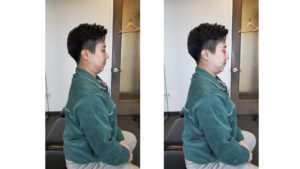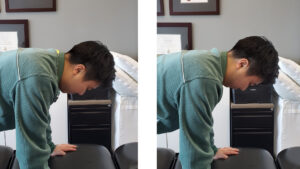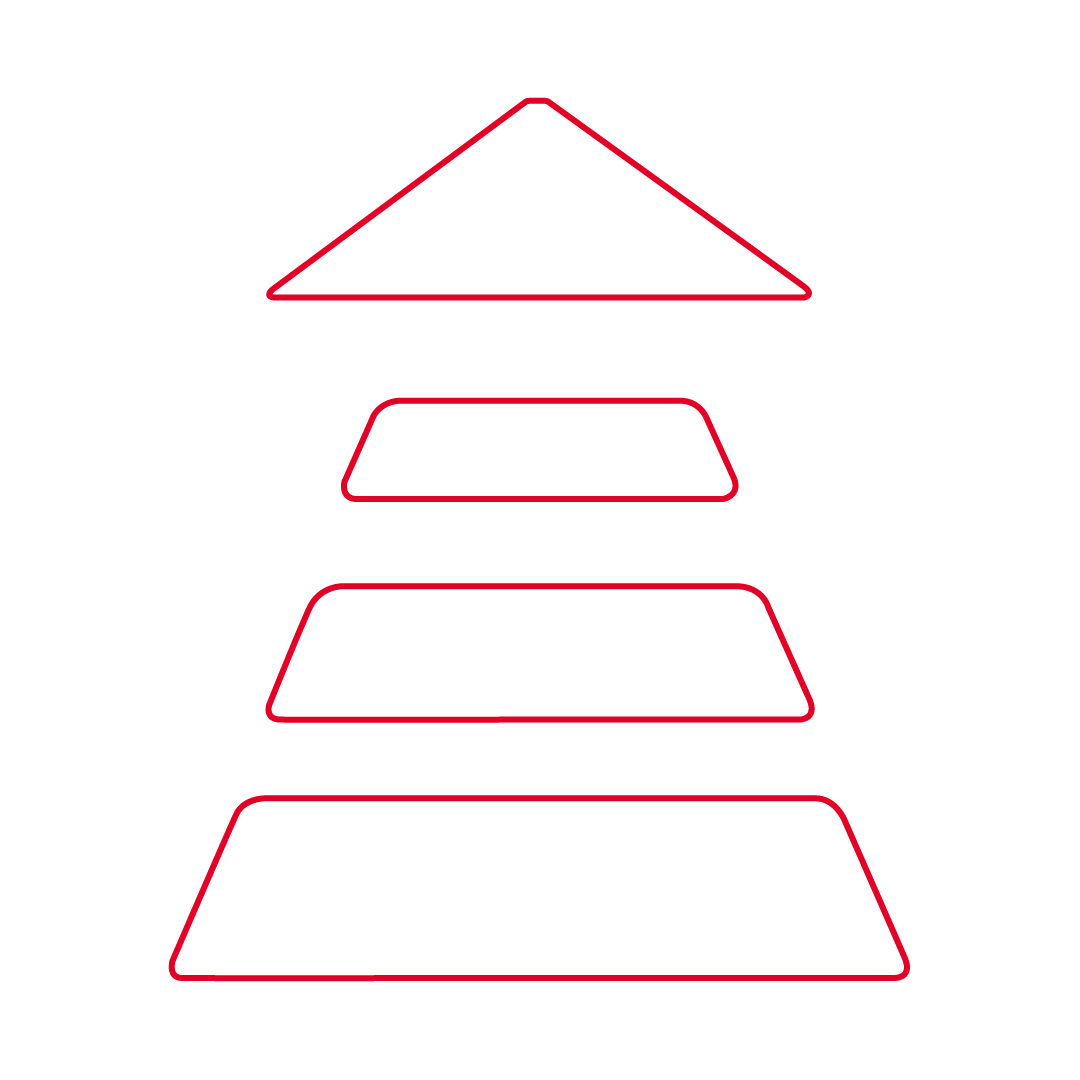You have been having on and off neck pain for the last couple of years. However in the last few months you have also started having pain around your shoulder and burning pain down your arm and into your hand. The pain has also caused you to have a number of sleepless nights lately. Your arm pain might be caused from your neck due to a condition called a herniated disc, or more commonly known as a bulging disc. The condition is not as scary as it sounds and there is very effective treatment to fix this. Lets take a look at what is a herniated disc or bulging disc.

What is a herniated disc or bulging disc in the neck?
A herniated cervical disc, also known as a cervical disc herniation, occurs when one of the discs in the cervical spine (the neck region) ruptures or bulges out of its normal position. The cervical spine is made up of seven vertebrae (C1-C7) separated by intervertebral discs, which act as cushions or shock absorbers between the vertebrae. Each disc has a tough outer layer called the annulus fibrosus and a gel-like inner core called the nucleus pulposus.
When a cervical disc herniates, the inner gel-like material (nucleus pulposus) leaks out through a tear or rupture in the outer layer (annulus fibrosus) of the disc. This can occur due to factors such as age-related wear and tear, trauma, or repetitive stress on the spine. The herniated disc material may then press against nearby spinal nerves or the spinal cord itself, leading to symptoms such as neck pain, arm pain, numbness, tingling, weakness, and possibly muscle spasms.
What are the signs and symptoms?
The signs and symptoms of a cervical herniated disc can vary depending on the severity of the herniation and the nerves affected. Common signs and symptoms include:
- Neck Pain: Pain in the neck is often the first symptom experienced. It may be localized to the neck or radiate to the shoulders, arms, and hands.
- Arm Pain: Pain that radiates down one or both arms is a hallmark symptom of cervical disc herniation. The pain may be sharp, shooting, or burning in nature.
- Numbness and Tingling: Sensations of numbness, tingling, or pins-and-needles may be felt in the arms, hands, fingers, or even in the shoulders.
- Weakness: Muscle weakness in the arms or hands may occur due to nerve compression caused by the herniated disc. This weakness can affect grip strength and fine motor skills.
- Changes in Reflexes: Reflexes in the affected arms or hands may be diminished or exaggerated compared to normal.
- Difficulty with Fine Motor Skills: Tasks that require dexterity and fine motor control, such as buttoning a shirt or holding utensils, may become challenging due to weakness or sensory changes.
- Pain with Certain Movements: Pain may worsen with certain movements of the neck, such as bending forward, turning the head, or looking up.
- Muscle Spasms: In some cases, muscle spasms in the neck or shoulder region may occur as a protective response to the injury.
It’s important to note that not everyone with a cervical herniated disc will experience all of these symptoms, and the severity can vary from person to person.
How is it treated?
Your physiotherapist will use a variety of hands on treatment techniques to resolve pain and tension in the neck and shoulders. This can involve manual traction to relieve pressure on the cervical discs. Massage and stretching can release tension in the neck and shoulder which include muscles such as upper trapezius, levator scapulae, cervical erectors, and pectoralis major. Medical acupuncture can be applied to reduce muscle tension and nerve pain in the neck and arm. (Find out how acupuncture works here).
Poor ergonomics can often be the root cause in many cases of disc herniation. Your physiotherapist will work with you to discuss with you on how to improve your posture and ergonomics when you are at work and at home.
Common home exercises
Chin retractions:
Performing chin retraction exercises can help strengthen the muscles in your neck, decrease the pressure from the disc onto the nerves, and improve posture. Here’s how you can perform a basic chin retraction exercise:
- Sit or stand in a comfortable position: Ensure that your back is straight and your shoulders are relaxed.
- Tuck your chin in: Start by aligning your head with your spine. Then, gently draw your chin straight back without tilting your head up or down.
- Hold the position: Hold the retracted position for about 5-10 seconds while maintaining normal breathing. You should feel a gentle stretch at the base of your skull and the back of your neck.
- Release: Slowly release the chin retraction and return to the starting position.
- Frequency: Perform 10-15 repetitions of the chin retraction exercise for 1 set. Perform 1 set of this exercise every 1-2 hours.

Chin retractions on all 4’s
- Kneel on the floor with your knees under your hips and your hands under your shoulder: Ensure that your back is straight and your shoulders are relaxed. Performing the chin retraction in this position is more challenging and tiring for your neck muscles.
- Tuck your chin in: Start by aligning your head with your spine. Then, gently draw your chin straight back without tilting your head up or down.
- Hold the position: Hold the retracted position for about 5-10 seconds while maintaining normal breathing. You should feel a gentle stretch at the base of your skull and the back of your neck.
- Release: Slowly release the chin retraction and return to the starting position.
- Frequency: Perform 10-15 repetitions of the chin retraction exercise for 1 set. Perform 1 set of this exercise every 1-2 hours.

Median nerve floss
The median nerve floss exercise will treat the nerve pain in the arm and hand. Learn how to perform the median nerve slider here.

